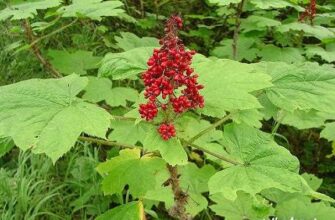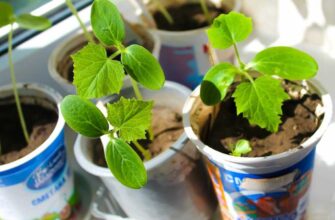- Выбор места для выращивания
- Подготовка почвы и посадка
- Уход за виноградом в первый год
- Удобрение и полив
- Борьба с вредителями и болезнями
- Болезни винограда
- Прищипка и формирование куста
- Уход за виноградом во время цветения и созревания ягод
- Сбор и хранение урожая
- Популярные виды винограда для сада
- 1. Сорт Кишмиш
- 2. Сорт Сибирский
- 3. Сорт Ризамат
- Особенности сортов красного винограда
- Сорта красного винограда
- Уход и выращивание
- Урожай и использование
- Особенности сортов белого винограда
- Уход за виноградником
- Сорта белого винограда для сада
- Вопрос-ответ:
- Какие виды винограда подходят для выращивания в саду?
- Какой сорт винограда самый популярный для выращивания в саду?
- Какой сорт винограда лучше всего подходит для приготовления вина?
- Какие условия необходимы для успешного выращивания винограда?
- Какой сорт винограда лучше всего подходит для выращивания в холодном климате?
- Видео:
- Обработка винограда перед цветением
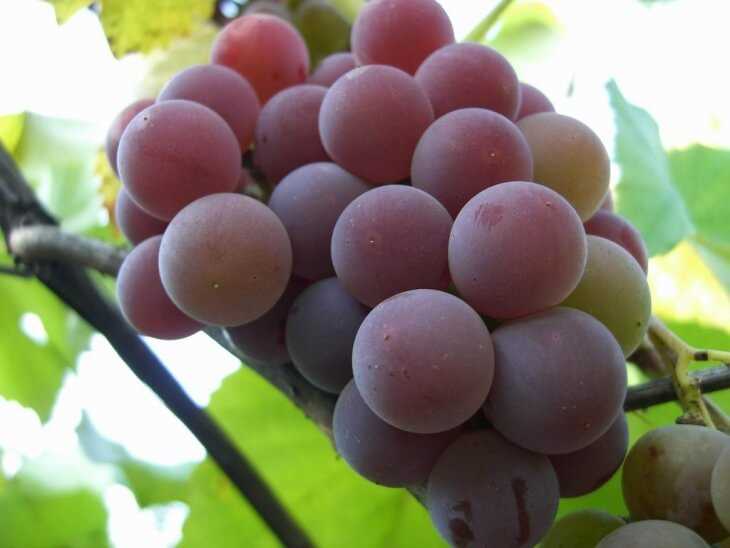
Виноград — одно из самых популярных растений, которое можно выращивать в саду. Он не только радует глаз своей красотой и разнообразием сортов, но и дает возможность получить вкусные и полезные плоды. Существует множество видов и сортов винограда, каждый из которых имеет свои особенности и требует определенного ухода.
Один из видов винограда, который часто выращивается в саду — это виноградный куст. Он отличается своей компактностью и удобством выращивания. Виноградный куст может быть как декоративным элементом сада, так и источником вкусных ягод. Однако для достижения хороших результатов необходимо правильно выбрать сорт и обеспечить растению необходимый уход.
Существует большое количество сортов винограда, каждый из которых отличается своими характеристиками. Некоторые сорта предназначены для употребления в свежем виде, другие — для изготовления вина или сушки. Кроме того, сорта различаются по цвету ягод, их размеру и вкусу. Выбор сорта винограда должен основываться не только на предпочтениях вкуса, но и на климатических условиях и особенностях ухода.
Выбор места для выращивания
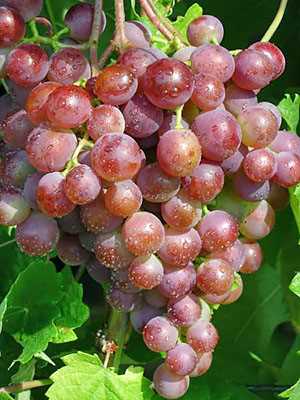
Выращивание винограда в саду требует особого подхода к выбору места для посадки. Удачно выбранное место обеспечит хороший урожай и улучшит качество плодов. Виноград предпочитает солнечные и открытые места, поэтому лучше всего выращивать его на южных или юго-западных склонах.
Не рекомендуется высаживать виноград на северных склонах, так как они могут быть затенены и не получать достаточного количества солнечного света. Также необходимо учитывать, что виноград не любит свежий воздух и сквозняки, поэтому важно выбрать защищенное от ветра место для его выращивания.
Важно также учитывать, что винограду необходимо хорошее дренажное покрытие почвы, чтобы избежать застоя влаги и гниения корней. Отсутствие защиты от сильных ветров и ударов града также может негативно сказаться на росте и развитии растения. Поэтому перед посадкой винограда необходимо тщательно изучить участок и выбрать наиболее подходящее место для создания виноградника в саду.
Подготовка почвы и посадка
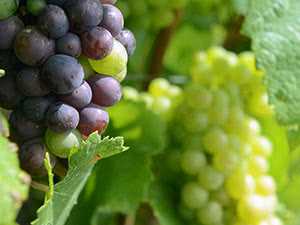
Подготовка почвы для выращивания винограда в саду является одним из важных этапов возделывания этого культурного растения. Почва должна быть хорошо дренированной, плодородной и обогащенной органикой. Для этого можно вносить компост или перегной в почву перед посадкой винограда. Также необходимо обеспечить хорошую обработку почвы перед посадкой, включая вспашку и прополку сорняков.
Посадка винограда в саду производится весной или осенью, когда почва достаточно прогрелась или остыла. Расстояние между растениями и между рядами зависит от выбранного вида и сорта винограда, а также от способа его выращивания (в горизонтальных или вертикальных рядах). Обычно рекомендуется оставлять промежуток около 1-1,5 метра между растениями и около 2 метров между рядами.
Перед посадкой растения необходимо обрезать, оставляя 2-3 почки. Это поможет растению легче прижиться и начать активный рост. Также следует установить опору или поддержку для винограда, чтобы он мог вертикально расти. Перед посадкой растение следует обильно полить, а после посадки рекомендуется провести мульчирование земли вокруг растения, чтобы сохранить влагу и уменьшить рост сорняков.
Уход за виноградом в первый год
В первый год выращивания винограда в саду необходимо обеспечить ему хороший уход, чтобы он мог активно развиваться и давать хороший урожай в будущем.
Подготовка почвы: Для винограда важно выбрать правильное место в саду. Он предпочитает солнечные и защищенные от ветра участки. Почва должна быть плодородной и хорошо дренированной. Перед посадкой винограда следует внимательно подготовить почву, удалив сорняки и камни, а также внести органические удобрения.
Посадка: Выбрав подходящий сорт винограда, необходимо правильно его посадить. Для этого следует сделать яму, размером около 60х60 см и глубиной 40 см. В дно ямы следует положить перегной или компост, затем посадить саженец, оставив над поверхностью почвы 2-3 почки.
Обрезка и подвязка: В первый год выращивания винограда особое внимание следует уделить его обрезке и подвязке. После посадки, необходимо обрезать главный побег, оставив 2-3 почки. Затем следует прикопать побег к почве и установить опору для подвязки.
Полив: В первый год выращивания винограда важно обеспечить ему достаточный полив. Если виноградник расположен на солнечном участке, то полив следует проводить регулярно, особенно в жаркую погоду. При поливе необходимо учитывать, что винограда не следует заливать, но и не допускать пересыхания почвы.
Удобрение и полив
Уход за виноградником является ключевым аспектом при выращивании винограда в саду. Одной из важных составляющих ухода является правильное удобрение. Виноград любит плодородные почвы, поэтому необходимо вносить органические и минеральные удобрения для обеспечения оптимального питания растения.
Органические удобрения, такие как перегноя, компост или торф, позволяют улучшить структуру почвы, удерживать влагу и обеспечивать растение необходимыми питательными веществами. Они могут быть внесены в почву весной перед началом сезона роста или осенью после сбора урожая.
Кроме того, важно обеспечить виноградный виноградный виноградный виноградный виноградный виноградный виноградный виноградный виноградный виноградный виноградный виноградный виноградный виноградный виноградный виноградный виноградный виноградный виноградный виноградный виноградный регулярный полив. В период активного роста и плодоношения растение нуждается в достаточном количестве воды. Регулярный и умеренный полив помогает предотвратить пересыхание почвы и сохранить оптимальный уровень влажности для развития корневой системы и плодоношения.
Необходимо помнить, что режим полива может зависеть от вида и сорта винограда, а также от условий окружающей среды. Некоторые сорта винограда могут требовать более интенсивного полива, особенно в период засухи или жаркой погоды. Рекомендуется поливать виноград утром или вечером, чтобы избежать выгорания листьев и уменьшить испарение влаги.
Борьба с вредителями и болезнями
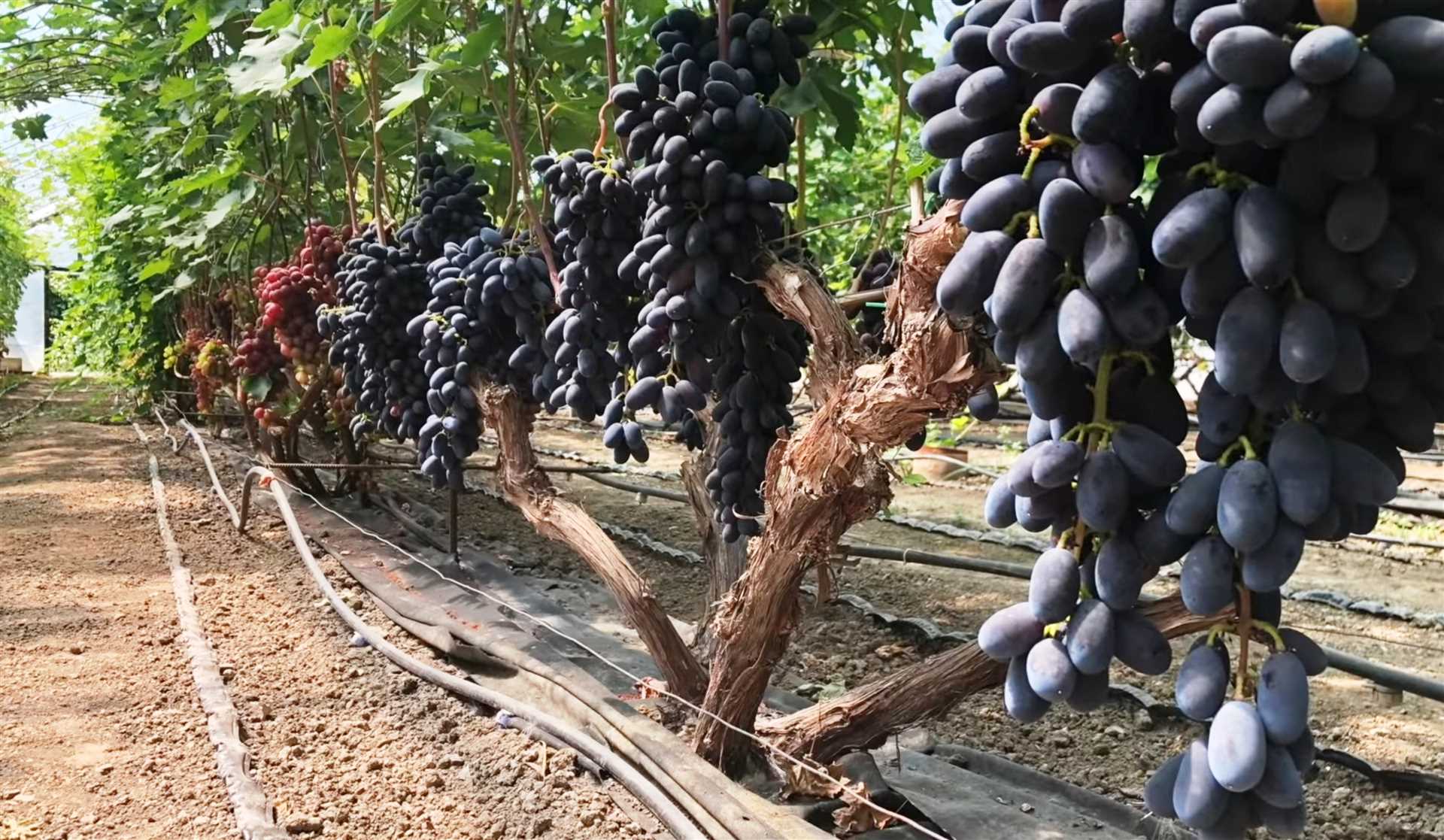
Выращивание винограда в саду требует особого ухода и внимания к борьбе с вредителями и болезнями, которые могут негативно повлиять на урожай. Существует несколько видов вредителей, которые могут атаковать виноградные лозы и нанести значительный ущерб. Один из наиболее опасных вредителей — виноградная акарида. Она питается соками растения и может вызвать его гибель, если не принять своевременные меры.
Для борьбы с вредителями часто используются химические препараты, однако, они могут быть вредными для окружающей среды и здоровья человека. Поэтому рекомендуется использовать более экологически безопасные методы борьбы. Один из таких методов — применение биологических препаратов, которые содержат полезных организмов, способных уничтожать вредителей.
Болезни винограда
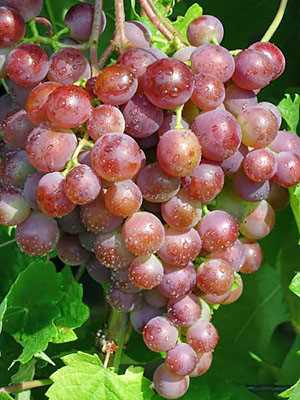
Виноград также подвержен различным болезням, которые могут повлиять на качество и урожайность. Одной из самых распространенных болезней является мучнистая роса. Она проявляется в виде белых пятен на листьях и стеблях растения. Для борьбы с мучнистой росой можно использовать специальные препараты, а также соблюдать определенные меры профилактики, такие как удаление пораженных частей растения и поддержание оптимальной влажности воздуха.
Еще одной опасной болезнью является черная гниль. Она приводит к гниению ягод и может снизить урожайность. Для борьбы с черной гнилью следует удалять пораженные ягоды и проводить обработку растений специальными препаратами.
Помимо этих болезней, виноград может подвергаться атакам различных грибковых инфекций и вирусов. Поэтому регулярный осмотр растений и принятие мер по профилактике являются важным условием успешного выращивания винограда в саду.
Прищипка и формирование куста
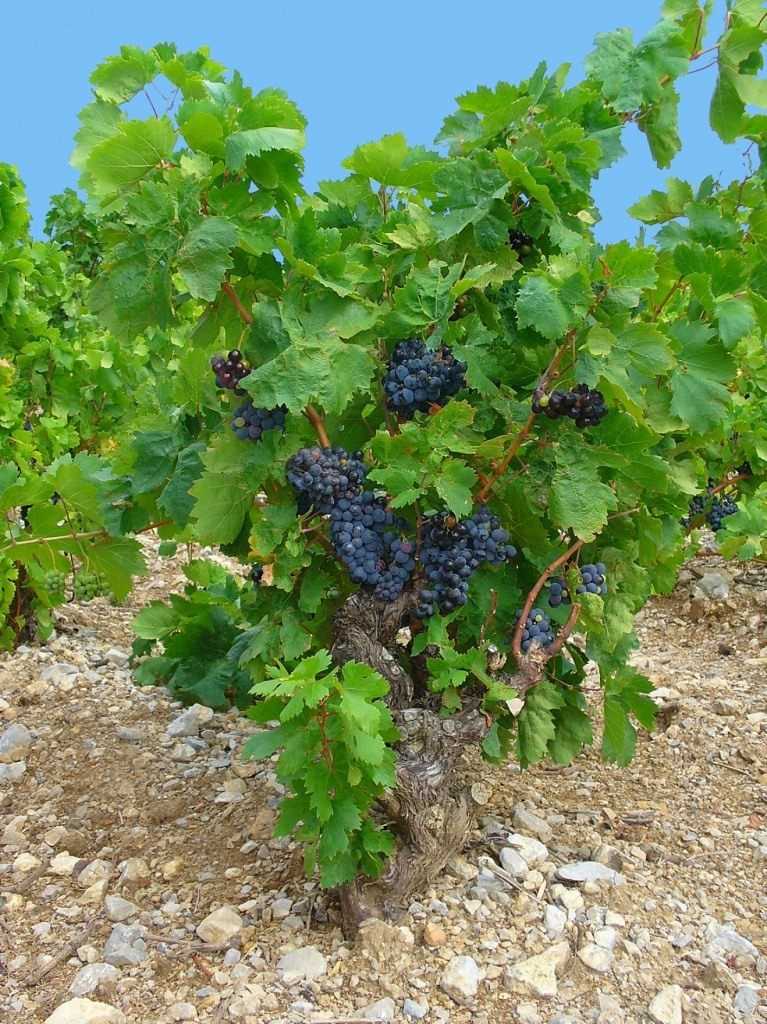
При выращивании винограда в саду очень важно правильно ухаживать за виноградными кустами. Одним из важных этапов ухода является прищипка и формирование куста.
Прищипка — это удаление лишних побегов и плодоносящих веток. При этом сохраняются только наиболее сильные и здоровые ветки, которые будут давать хороший урожай. Такая процедура позволяет растениям лучше развиваться и получать достаточное количество солнечного света.
Формирование куста подразумевает создание определенной конструкции виноградника. В зависимости от вида и сорта винограда, куст может иметь разные формы: одноствольный, двуствольный, гобелен и т.д. Формирование куста позволяет лучше контролировать рост растения, обеспечивать его поддержку и удобство при сборе урожая.
Правильная прищипка и формирование куста — это важные этапы при выращивании винограда в саду. С их помощью можно обеспечить растениям необходимые условия для развития и получение хорошего виноградного урожая.
Уход за виноградом во время цветения и созревания ягод

Так стоп!!! Вы всё ещё не подписаны на наши каналы в Телеграмм и Дзен? Посмотрите: ТГ - (@historyfantasydetectivechat) и Дзен (https://dzen.ru/myshortsstorys)
Один из самых важных этапов в выращивании винограда в саду — это уход за растением во время цветения и созревания ягод. В этот период необходимо обеспечить растению все условия для достижения хорошего урожая.
Во время цветения виноградного виноградника особое внимание необходимо уделить поливу растений. В это время растения нуждаются в достаточном количестве влаги, чтобы цветы могли опыляться и формироваться ягоды. Поэтому регулярный полив является одним из важных аспектов ухода за виноградом в этот период.
Также необходимо проводить подкормку винограда, чтобы обеспечить ему достаточное количество питательных веществ. Рекомендуется использовать специальные удобрения для винограда, которые содержат все необходимые микроэлементы для его развития. Подкормку рекомендуется проводить несколько раз в течение сезона, начиная с момента цветения.
Важным аспектом ухода за виноградом во время цветения и созревания ягод является проведение обрезки растений. Обрезка позволяет удалить лишние побеги и листья, что способствует лучшему воздушно-световому режиму растения. Это в свою очередь способствует образованию качественного урожая и предотвращает развитие различных болезней и вредителей.
Важно также следить за состоянием ягод винограда. Регулярно осматривайте ягоды, чтобы заметить признаки заболеваний или повреждений. Если вы заметите поражение, необходимо немедленно принять меры по борьбе с болезнью или вредителями. Для этого можно использовать специальные препараты или обратиться к специалисту.
Сбор и хранение урожая
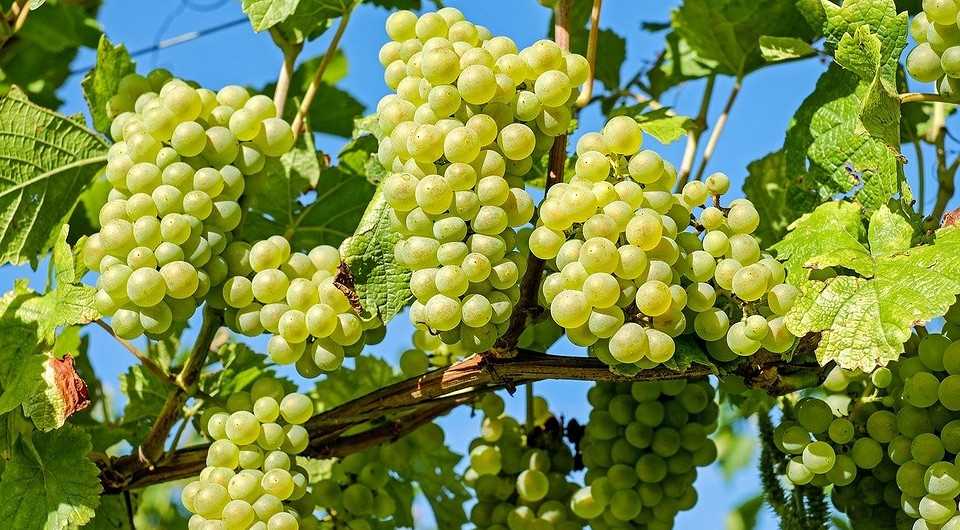
После того, как урожай винограда созрел, необходимо провести его сбор. Для этого рекомендуется использовать специальные садовые ножницы или ножницы для обрезки. Срезать грозди нужно аккуратно, чтобы не повредить растение.
После сбора урожая необходимо его тщательно осмотреть и отсортировать по сортам. Виноградные ягоды разных сортов имеют разный цвет, размер и вкус. Разделите грозди по сортам, чтобы сохранить их индивидуальные особенности.
Хранить урожай винограда можно в прохладном и сухом месте. Подходящей температурой для хранения является 0-2 градуса Цельсия. Виноградные ягоды можно распределить по корзинкам или ящикам, которые следует хранить на полках или стеллажах. При правильном хранении, виноград сохраниет свои свойства и вкус в течение нескольких месяцев.
Важно помнить, что сорта винограда имеют разные сроки хранения. Некоторые сорта могут сохраняться дольше, некоторые — меньше. Поэтому перед хранением рекомендуется изучить особенности каждого сорта и следовать указаниям по его уходу и хранению.
Популярные виды винограда для сада

Садоводы и любители сельского хозяйства все чаще выбирают выращивание винограда в своих садах. Это позволяет получить великолепный урожай вкусных и сочных ягод, а также создать красивый виноградник на участке.
1. Сорт Кишмиш
Этот сорт винограда отличается неприхотливостью и высокой урожайностью. Он хорошо адаптируется к различным климатическим условиям и не требует особого ухода. Ягоды сорта Кишмиш имеют сладкий вкус и отлично подходят для употребления в свежем виде или для приготовления домашнего вина.
2. Сорт Сибирский
Сибирский виноград отличается высокой морозоустойчивостью, что позволяет его успешно выращивать даже в суровых климатических условиях. Сорт имеет крупные ягоды сочного и сладкого вкуса. Сибирский виноград может использоваться для приготовления домашнего вина или для консервации.
3. Сорт Ризамат
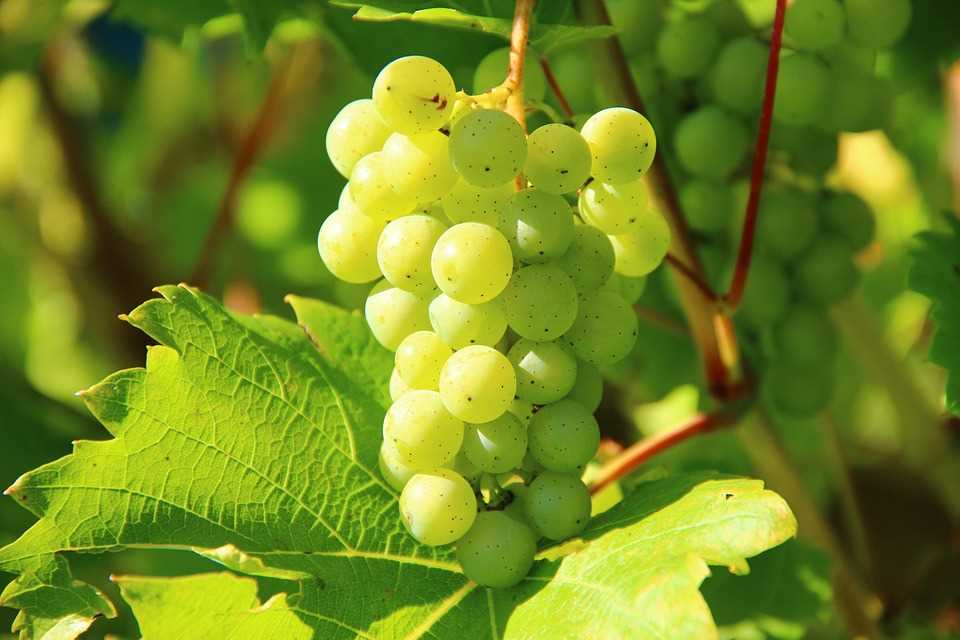
Ризамат — один из самых популярных сортов винограда для сада. Он отличается высокой урожайностью и хорошей устойчивостью к болезням. Ягоды этого сорта имеют великолепный вкус и используются для употребления в свежем виде, приготовления вина и консервации. Ризамат также отлично подходит для оформления садовых арок и декоративных элементов.
Выбирая виды и сорта винограда для своего сада, необходимо учитывать климатические условия, зону высадки и предпочтения вкуса. Важно также обеспечить правильный уход за виноградником, включающий полив, подкормку, обрезку и защиту от болезней и вредителей.
Особенности сортов красного винограда
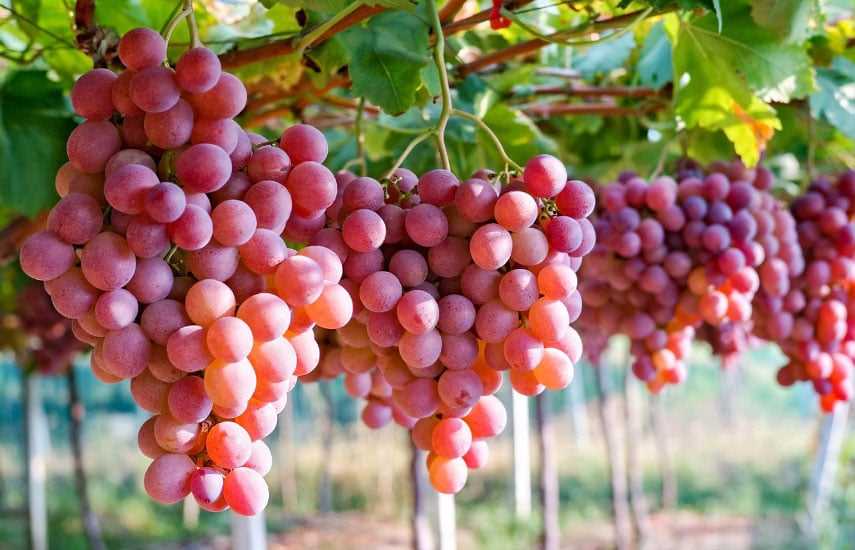
Сорта красного винограда обладают своими особенностями, которые необходимо учитывать при выращивании и уходе за виноградником. Виды красного винограда отличаются по цвету, размеру ягод, вкусу и способности к сохранению урожая.
Сорта красного винограда
Среди сортов красного винограда можно выделить такие популярные и известные сорта, как Каберне Совиньон, Мерло, Пино Нуар. Каждый из этих сортов имеет свои отличительные особенности, которые важно учитывать при выборе сорта для выращивания в саду.
Уход и выращивание
Для успешного выращивания красного винограда необходимо обеспечить ему правильный уход. Это включает в себя регулярное обрезание, подкормку, полив и защиту от болезней и вредителей. Важно также правильно подобрать место для виноградника, учитывая его особенности и требования сорта винограда.
Урожай и использование
Красный виноград является источником вкусных и полезных ягод, которые можно использовать для приготовления вина, соков, варенья и других продуктов. Сорта красного винограда отличаются по уровню сахарности, кислотности и аромату, поэтому подбор сорта важен для достижения желаемого вкуса и качества продукции.
Особенности сортов белого винограда
Выращивание белого винограда в саду требует особого внимания и ухода. Для успешного развития и плодоношения растений необходимо выбрать подходящий сорт винограда, учитывая климатические условия и почвенные особенности местности.
Виды и сорта белого винограда различаются по вкусовым качествам, урожайности и устойчивости к болезням. Некоторые сорта отлично подходят для выращивания в саду, образуя компактные кусты, которые можно разместить в уголке сада или на балконе.
Уход за виноградником
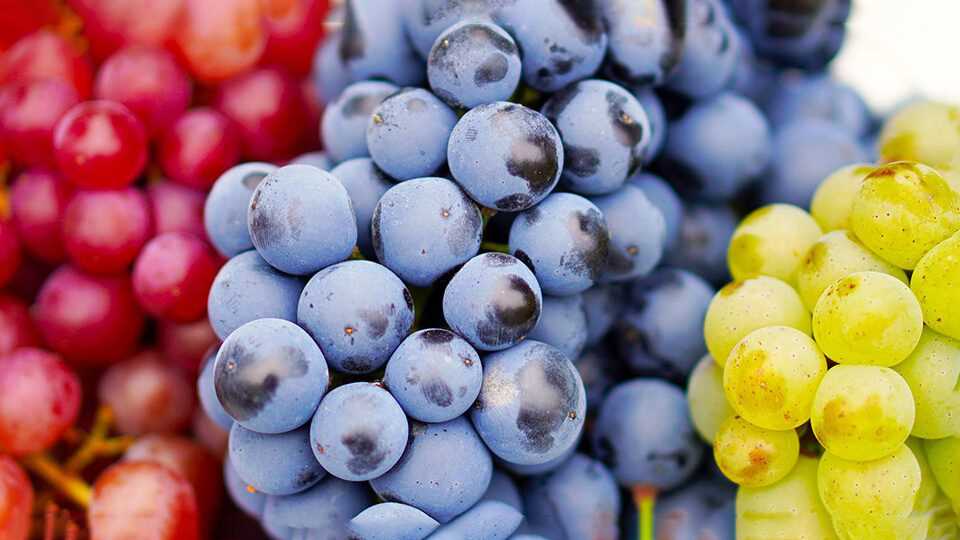
Для выращивания белого винограда необходимо обеспечить регулярный полив, особенно в периоды сухости. Важно поддерживать оптимальный уровень влажности почвы, чтобы растение развивалось и плодоносило.
Также следует обратить внимание на подкормку виноградных кустов. Подходящими удобрениями являются органические и минеральные комплексы, которые обогащают почву необходимыми элементами для роста растений.
Сорта белого винограда для сада
Среди популярных сортов белого винограда, которые подходят для выращивания в саду, можно выделить «Ризамат», «Мускат Оттонель», «Шардоне» и «Совиньон Блан». Эти сорта отличаются отличными вкусовыми качествами и высокой урожайностью.
Кроме того, эти сорта характеризуются хорошей устойчивостью к заболеваниям и образованию плотных гроздей. Виноград сортов белого винограда прекрасно подойдет для приготовления вин и соков, а также может использоваться в кулинарии в качестве ингредиента для приготовления десертов и салатов.
Вопрос-ответ:
Какие виды винограда подходят для выращивания в саду?
Для выращивания винограда в саду подходят различные виды, включая столовые, десертные и технические сорта. Столовые сорта винограда предназначены для употребления в свежем виде, десертные — для приготовления сладостей, а технические — для изготовления вина и других продуктов.
Какой сорт винограда самый популярный для выращивания в саду?
Самым популярным сортом винограда для выращивания в саду является «Кишмиш». Он отличается высокой урожайностью, хорошей зимостойкостью и прекрасным вкусом ягод.
Какой сорт винограда лучше всего подходит для приготовления вина?
Для приготовления вина лучше всего подходят сорта винограда с высоким содержанием сахара и кислоты. Некоторые из таких сортов включают «Ркацители», «Саперави» и «Мерло». Они обладают насыщенным вкусом и ароматом, идеальны для производства качественного вина.
Какие условия необходимы для успешного выращивания винограда?
Для успешного выращивания винограда необходимы следующие условия: достаточное количество солнечного света (виноград любит яркий свет), хорошая дренажная почва (чтобы избежать скопления влаги), защита от ветра (чтобы предотвратить повреждение растения) и правильное обрезание и поливание.
Какой сорт винограда лучше всего подходит для выращивания в холодном климате?
Для выращивания винограда в холодном климате лучше всего подходят сорта, которые хорошо переносят зимние холода и имеют высокую зимостойкость. Некоторые из таких сортов включают «Ризамат» и «Лидия». Они могут выдерживать низкие температуры и продолжать расти и давать урожай в холодных условиях.





